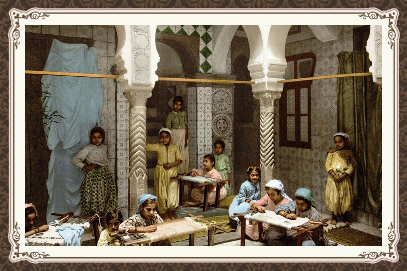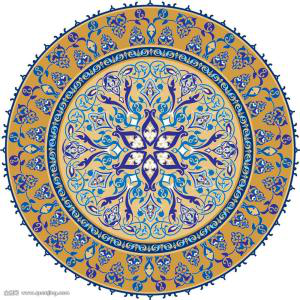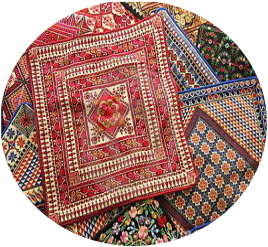Due to the decrease in cotton prices, improved inventory management, and the declining competitiveness of China, Indian denim companies performed better this year.
KG denim company is India's leading manufacturer of denim and apparel fabrics, providing products to the world's leading fashion brands and retailers. Mr. Muthuswamy, chairman of the company, said in an interview with the media: “The short-term outlook is that the export market continues to be sluggish. Intensified competition in the domestic market, but we expect the textile market will be better in 2012, although we have adopted a policy of 'wait and see.' The expected drop in cotton/yarn prices will help denim manufacturers."
When talking about the performance of the denim market in the second quarter of 2011-12, he said, “We have found that the export market has slowed down and the domestic market has been oversupply. The trend of rising fabric prices in the first two quarters has begun to reverse.â€
He said that the company performed well in the second quarter of 2011-12, and KG denim performance was very good. Although the market was sluggish, sales increased by 32% compared with the second quarter of last year. In the second quarter of this year, the company's turnover was 1.033 billion rupees, compared with sales of 784 million rupees in the second quarter of 2010-11.
“As a result, net profit after tax also increased, from 15.3 million rupees in the second quarter of 2010-11 to 39.8 million rupees in the second quarter of 2011-12. The main factor was the decline in yarn prices.
According to the chairman of KG denim, the main factor affecting consumer spending next year is inflation, and the retail market is expected to see resistance to price increases.
Embroidery was an important art in the Medieval Islamic world. The 17th-century Turkish traveler Evliya Çelebi called it the "craft of the two hands". Because embroidery was a sign of high social status in Muslim societies, it became widely popular. In cities such as Damascus, Cairo and Istanbul, embroidery was visible on handkerchiefs, uniforms, flags, calligraphy, shoes, robes, tunics, horse trappings, slippers, sheaths, pouches, covers, and even on leather belts. Craftsmen embroidered items with gold and silver thread. Embroidery cottage industries, some employing over 800 people, grew to supply these items.
In the 16th century, in the reign of the Mughal Emperor Akbar, his chronicler Abu al-Fazl ibn Mubarak wrote in the famous Ain-i-Akbari: "His majesty (Akbar) pays much attention to various stuffs; hence Irani, Ottoman, and Mongolian articles of wear are in much abundance especially textiles embroidered in the patterns of Nakshi, Saadi, Chikhan, Ari, Zardozi, Wastli, Gota and Kohra. The imperial workshops in the towns of Lahore, Agra, Fatehpur and Ahmedabad turn out many masterpieces of workmanship in fabrics, and the figures and patterns, knots and variety of fashions which now prevail astonish even the most experienced travelers. Taste for fine material has since become general, and the drapery of embroidered fabrics used at feasts surpasses every description."




Hand Embroider Islamic Products
Hand Embroider Islamic Products,Embroiderd Religious Element,Religious Element Embroidery,Nation Embroidery
Haiyuan Aisha Handicrafts Company Limted , http://www.aishaembroidery.com